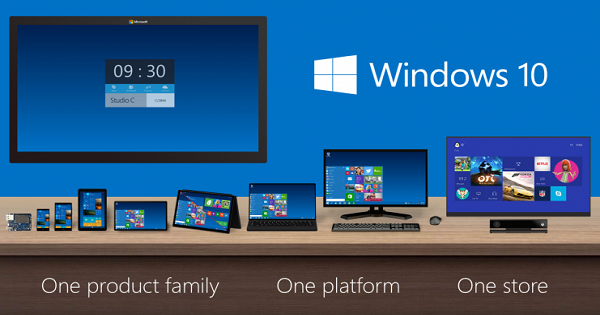Posted by : Cyber Freak
Sunday, 24 February 2013
Canonical has just released
their long awaited Ubuntu Mobile OS for phones and tablets, but it is
currently not in its finished state. If you’re itching to flash your
shiny Nexus phone or tablet with this early developer build, there are a
number of things that you must keep in mind before you begin the
process of giving your device a new soul.
Compatibility >>
Currently, the “Touch Developer Preview for Ubuntu” is only compatible with Google Nexus devices, but each device must be running a specific version of the firmware. Here is a neat little tablet that shows the various devices and the required firmware.
Currently, the “Touch Developer Preview for Ubuntu” is only compatible with Google Nexus devices, but each device must be running a specific version of the firmware. Here is a neat little tablet that shows the various devices and the required firmware.
Device
|
Codename
|
Factory firmware from Google
|
Galaxy Nexus
|
maguro
|
takjuoryakju
|
Nexus 4
|
mako
|
occam
|
Nexus 7
|
grouper
|
nakasiornakasig
|
Nexus 10
|
manta
|
mantaray
|
If you’re wondering how you can find out
which version of the firmware your phone/tablet is running, just go to
the Settings tab and click on “System”. The “Device” section should read
one of the titles under the “Codename” section of the above table.
Along with that, the “Product” should read one of those listed under the
“Factory Firmware from Google.” If your phone is running a version not
listed above, and you feel pretty confident about tinkering with its
innards, you can download the compatible firmware for your device from Google’s Developer’s page.
To start with, the Touch Developer Preview for Ubuntu supports voice
calls and SMS exchange only over GSM networks. So if you have a Nexus
phone from a CDMA provider like Verizon or Sprint, the build will not
work on your device. This is because currently, radios like CDMA, LTE
and 2G (only) radios are not supported. In fact, data over cellular
network isn’t supported at all and you must be connected to a Wi-Fi
network to get your daily fix of internet goodness. The OS currently
does not support the MMS service either. Besides the basic functionality
that is missing in the build, importing contacts is not as simple as
syncing with Google Contacts. You will either have to re-enter all your
contacts manually, or employ a CSV file. Therefore, we recommend getting
all your contacts in one place in a CSV file for importing later.
Device Specific Issues >>
Universal issues aside, the Developer build also comes with its fair share of device specific issues which are listed below:
Nexus Galaxy >> 802.11a (i.e. 5GHz) is currently not working.
Nexus 4 >> In rare circumstances, the Nexus 4 may
get into a state where it may not boot at all after the battery is
drained (even into recovery). If this happens, the only way to restore
it is to disassemble the back of the phone and unplug/plug the battery
connector.
Nexus 10 >> Taking pictures with the camera
application causes an issue with audio. The volume indicator and volume
keys will not work to control the sound until reboot. People lens sometimes comes up empty after first flashing the device and booting. Rebooting fixes the issue.
Nexus 7
· Runs in portrait mode by default. (no side stage)
· Camera, video decoding and audio output do not function.
· Greeter screen is misaligned.
· No multi-user login.
Those are some pretty big bugs if you
ask us. We’d hate for our Google Nexus 4 to get stuck with in a
non-booting state, wouldn’t you?
What to Expect After Flashing >> We’ve talked enough about all that’s missing in this early preview
build of Ubuntu’s Mobile OS, so let’s look at what does work. For
starters, you can make and receive calls, with the same luxury being
afforded to SMS. At least your phone will be able to serve its primary
function of a communication device. It will support networking via
Wi-Fi, which shouldn’t be an issue seeing as how there are Wi-Fi
hotspots almost everywhere.
- Back to Home »
- communication , google , mobile phones , smartphones , system »
- Installing Ubuntu Mobile OS on Nexus Devices: Guide














